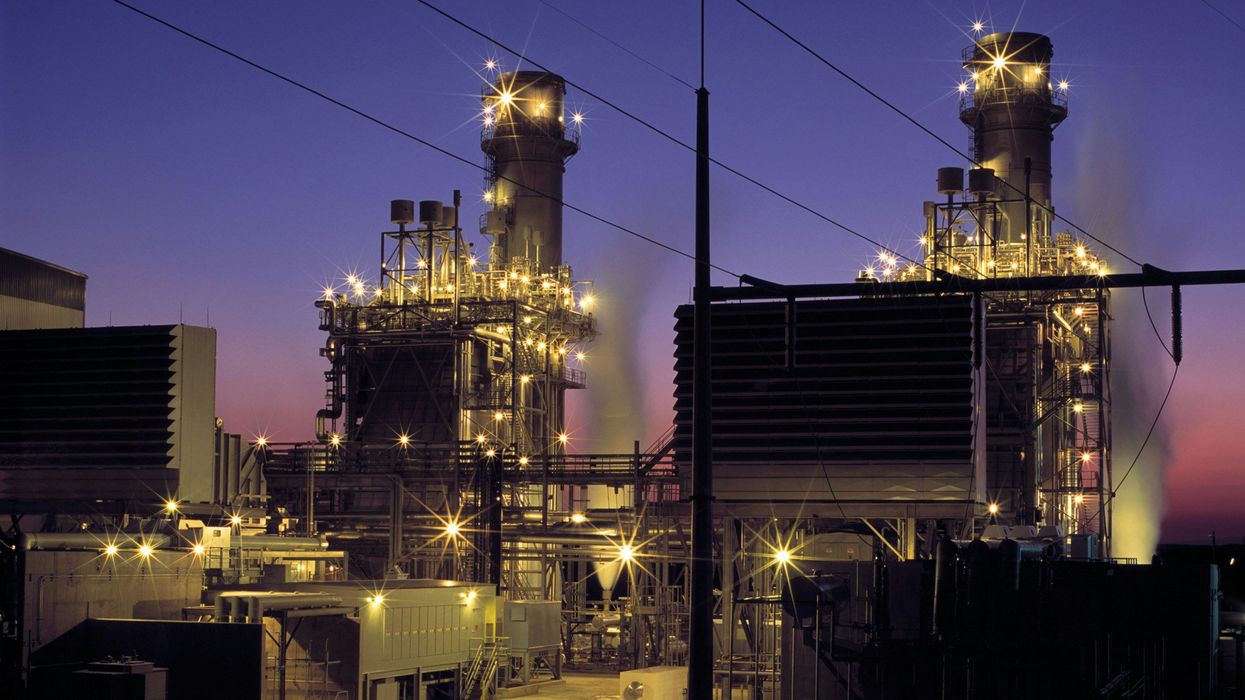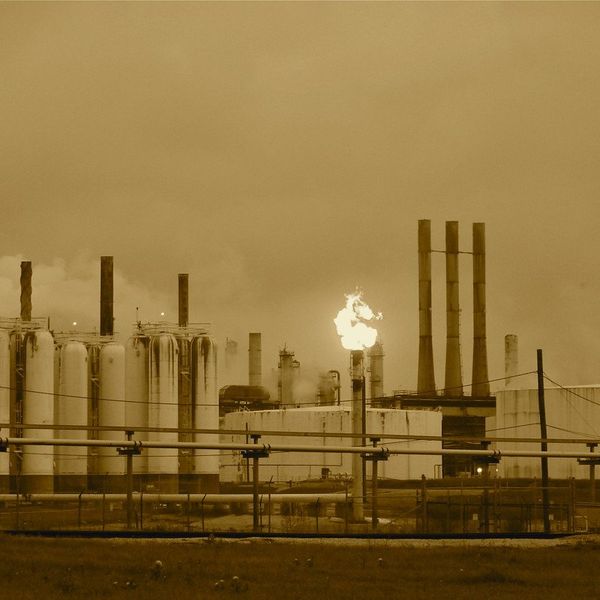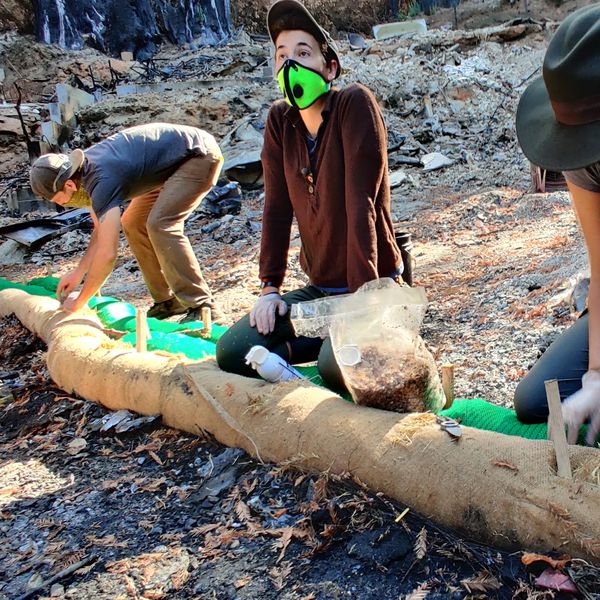The air inside our cars is full of harmful flame retardant chemicals — especially on hot days, according to a study published today in Environmental Science & Technology.
Researchers found flame retardants in the cabin air of all 101 cars that they tested. All of the cars were from 2015 or newer and 99% contained a particularly concerning flame retardant called TCIPP, currently being investigated as a potential cancer-causing compound. The study found that seat foam is the most likely culprit of the chemicals, and that warmer weather — which accelerates off-gassing from interior components containing the chemicals— was linked to higher concentrations in the car air.
“Considering the average driver spends about an hour in the car every day, this is a significant public health issue,” lead author Rebecca Hoehn, a scientist at Duke University, said in a statement. “It’s particularly concerning for drivers with longer commutes as well as child passengers, who breathe more air pound for pound than adults.”
While certain classes of flame retardants, such as polybrominated diphenyl ethers (PBDEs) have been phased out, others are still used to meet flammability standards for certain products. The researchers found organophosphate ester flame retardants, which are commonly found in certain foams, building materials, electronics and vehicles. Researchers have linked various flame retardants from this class to negative birth problems, reproduction impacts, cancer, and altered hormone function.
“Considering the average driver spends about an hour in the car every day, this is a significant public health issue." - Rebecca Hoehn, Duke University
Researchers and health advocates have pointed out that flame retardants often do little to prevent fires, and that the Federal Motor Vehicle Safety Standard that mandates flammability standards in cars was introduced in the 1970s and hasn’t changed despite growing evidence of the health impacts of the chemicals.
"Filling products with these harmful chemicals does little to prevent fires for most uses and instead makes the blazes smokier and more toxic for victims, and especially for first responders,” Patrick Morrison, who oversees Health and Safety for 350,000 U.S. and Canadian firefighters at the International Association of Fire Fighters, said in a statement. “I urge [the U.S. National Highway Traffic Safety Administration] to update their flammability standard to be met without flame retardant chemicals inside vehicles."
California updated flammability standards for furniture and baby products more than a decade ago, and research found that it led to lower levels of harmful flame retardant chemicals in people’s homes.
“You may be able to reduce your exposure to flame retardants in your car by opening your windows and parking in the shade,” co-author Lydia Jahl, a senior scientist at the Green Science Policy Institute, said in a statement. “But what’s really needed is reducing the amount of flame retardants being added to cars in the first place.
- Unregulated toxic chemical found in breast milk for the first time ›
- We’re dumping loads of retardant chemicals to fight wildfires. What does it mean for wildlife? ›
- Worried about flame retardants? Clean your house (and hands)! ›
- “Environmentally friendly” flame retardants break down into potentially toxic chemicals ›

























